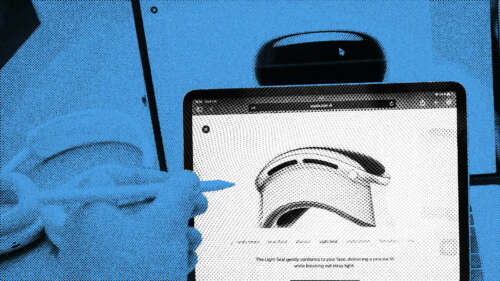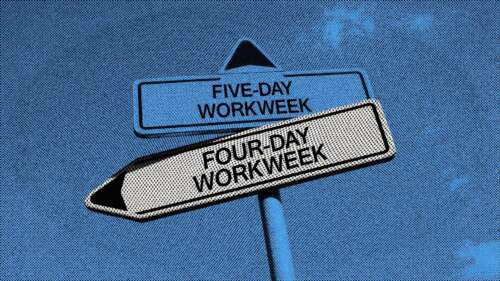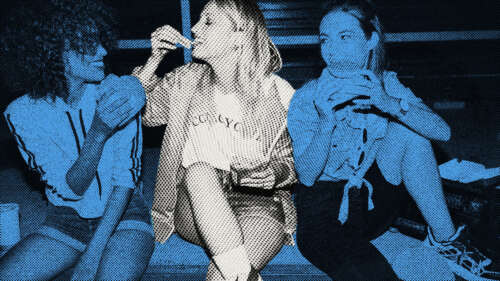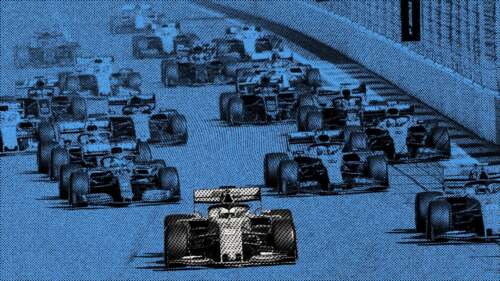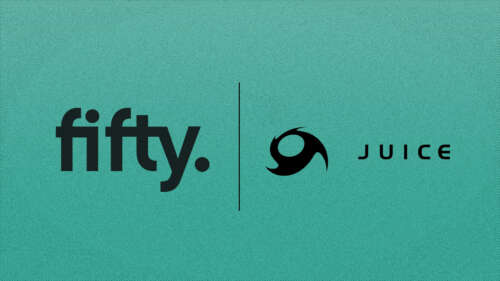While overall alcohol consumption is expected to have declined in 2020, the low- and no-alcohol market continues to grow, with consumption expected to increase 31% by 2024, according to the IWSR. But is ‘NoLo’ simply a trend that will fade away, or a movement that is here to stay? Who is behind its popularity and what is it being motivated by? Putting a slew of NoLo brands and websites through our Fifty AI engine, we discovered the audiences most interested in No-Lo.

YOUNG URBANITES LOVE NO-LO
The youth are definitively driving the NoLo movement. Savvy British Youngsters were the largest tribe within the study, making up 26% of the audience. Key influencers for them include comedians such as Jimmy Carr and Jack Whitehall as well as tech publications like Mashable.
And across several tribes, we saw a coalescence around cities emerge in terms of where people are based. London, Manchester, Edinburgh were all well represented in a number of tribes with no hint of the countryside anywhere.
FITNESS OVER FOOD
Health is often pointed to as a strong motivator for the rise of NoLo. Interestingly, the two tribes that reflect this attitude within the study are focused on fitness rather than diet – top influencers for them include Runner’s World magazine and ParkRun. Throughout the study, there were no tribes that emerged revolving around healthy eating or organic food.
STUDENTS WANT BOTH
We compared the NoLo audience with an audience built up of popular alcohol brands to find any discernible differences. Key here is the prevalence of students within both audiences – it’s not that all young people have stopped drinking, but perhaps NoLo offers an acceptable alternative for social settings.
STRATEGIC TAKEAWAYS
Currently, the NoLo movement is being driven by a younger audience, who live in cities. Look for tie-ins with their other interests such as popular comedy and tech publications to create efficient marketing strategies.
Health may be a motivator but those interested in physical fitness are more engaged with NoLo. When using health as a marketing strategy, consider NoLo’s benefits to fitness rather than a diet-based message to speak to them.
Many people who are partaking in the NoLo movement haven’t necessarily given up alcohol. Brands can push the longevity of the trend by presenting it as an occasional alternative for going out without asking people to make huge lifestyle changes.
Catch up on the latest trends and insights here.
To find out how Fifty can delve deep into an audience, book a demo.










